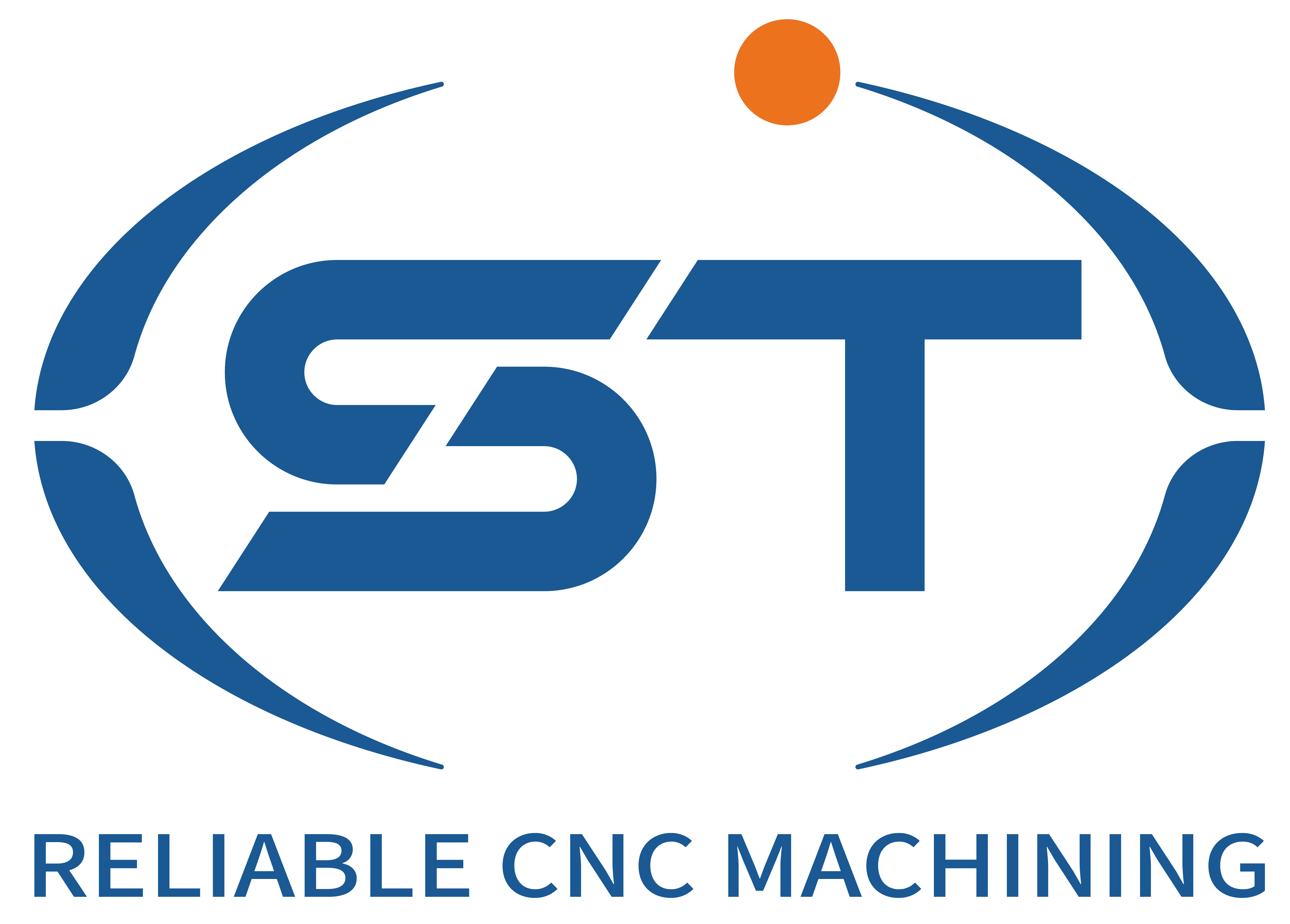The process of CNC electrical discharge machining of automotive parts is as follows:
Analyze the drawing and select the processing method: Based on the part drawing, analyze its structural features and materials, and clarify the processing requirements, such as precision and surface roughness. In combination with the functions of the machine tool, select the appropriate electrical discharge forming process method, such as single-electrode processing, multi-electrode processing, etc. For parts with special requirements or complex structures, the processing strategy needs to be determined specifically.
Preparation before processing:
Electrode manufacturing: Electrodes are designed using CAD/CAM technology to reduce manual operations and enhance efficiency. According to the precision requirements and cost, select the electrode material (such as graphite or pure copper) and manufacturing process (such as machining center or wire cutting processing).
Workpiece pre-processing: The contour of the workpiece is pre-processed by mechanical processing methods to reduce the amount of material removed in electrical discharge machining, increase the processing speed, and lower the electrode wear.
Workpiece clamping and correction: Install the workpiece on the worktable, and clamp it with a permanent magnetic chuck or other tools to ensure that the workpiece coordinate system is consistent with the machine tool coordinate system. Common calibration tables are used for correction to ensure positioning accuracy.
Electrode clamping: Install the electrode on the machine tool spindle to ensure that the electrode axis is in the same direction as the spindle axis. Automatic clamping or manual clamping methods can be adopted to ensure that the electrode is processed perpendicularly to the workpiece.
Electrical parameter selection: According to the processing requirements, select appropriate discharge pulse parameters, such as pulse width, pulse interval, peak current, etc., to control the processing speed, surface roughness and electrode loss.
Workpiece processing
Startup and initialization: Power on the machine tool, return to the mechanical origin, and clamp the workpiece and electrodes.
Positioning and correction: Through manual or automatic methods, the positioning of the electrode center to the zero point of the workpiece and the positioning of the reference electrode to the center of the reference ball are completed, and the center offset is remembered.
Programming and input: Use automatic programming software to create a program, input parameters such as electrode number and processing depth, and generate a processing program.
Automatic processing: By executing the processing program, the machine tool automatically completes operations such as electrode clamping, positioning, processing and monitoring. During the processing, the processing status is monitored in real time to ensure the processing quality.
Post-processing:
Inspection: After processing is completed, check whether the parts meet the processing requirements, including dimensional accuracy, surface roughness, etc.
Cleaning: Clean the workpiece and the machine tool, remove processing residues, and prepare for the next processing.




